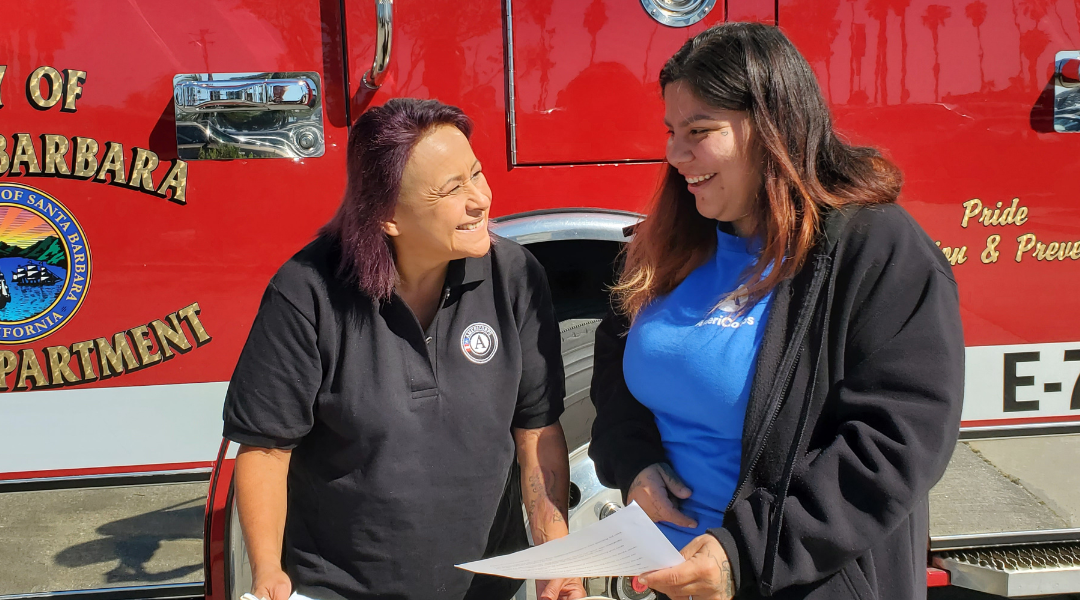
We’ve heard the question so many times from people interested in cogenerational programming: “Are young people really going to show up to connect with older people?”
We know, from our nationally representative study with NORC at the University of Chicago in 2022, that 76% of Gen Z and 70% of Millennial respondents say they wish they had more opportunities to work across generations for change.
But we wanted an answer from the front lines, so we asked Elly Katz (pictured above) to share her expertise on the topic. She’s the founder and executive director of Sages & Seekers, an intergenerational program bringing teens and older adults together for conversation and connection. The program helps develop empathy, combat social isolation and dissolve age-related segregation.
So, let’s get to it: Are young people really interested in connecting with older generations?
Definitely! Sages & Seekers has been connecting teens and older adults for over 14 years, without a shortage of participants. Over 4,800 teens have enrolled in our 8-week program, which is no small commitment of time.
Some of the teens show up because they are curious. Some show up for community service. And others have heard that they can talk about whatever they want with a non-judgmental older adult. But all of them engage in an authentic exchange of the issues most humans face as they move through life.
Teens begin to see the value of shared wisdom from older adults who have been around the block and experienced the pains and joys of life, proving human resilience. This new perspective prompts many of them to enroll again and again until they graduate from high school.
For those who might be reluctant, what helps?
We offer community service hours, which gets them through the door so they can see the value of connecting. We also show recruitment videos at schools and on our website to alleviate any fear of the unknown. Once we have one or two participants from a school, the enthusiasm spreads to friends and classmates, and there is less reluctance. Having an ambassador at school is a great way to spread the word about the value of connecting.
How do you attract young people to your program?
Same as above. Additionally, we use fliers with great photos of our teens and older adults, and other marketing materials showing connection, to promote the intergenerational experience in a new light.
For those not partnering directly with schools, what other recruitment strategies do you suggest?
Local newspapers are often interested in human interest stories, which can be helpful. If you don’t have a website, you can print fliers and post them at a library, town hall, or any community bulletin board. Social media is a great idea for starting a buzz. We have even handed out fliers outside of grocery stores, at street fairs, at farmers markets and other places where teens congregate. You can also reach out to school clubs.
What piece of advice would you give to adults looking to collaborate with young people?
We make a point of telling our older adults that the Sages & Seekers program is NOT a mentoring program. That kind of distinction gives one person power over the other. Most teens in school are being taught and lectured all day long, and will respond better to the equality of the relationship as it develops if they view the experience as two equals getting to know each other. This sets the stage for a positive outcome.
We do however, let them know co-mentoring happens during the exchange of stories and experiences. And almost all our older adults tell us they have learned as much as the student has through the exchange.
Most importantly, I tell program organizers and participants to have fun as you watch the relationships build. This goes a long way toward putting the participants at ease so they can share deeply.





